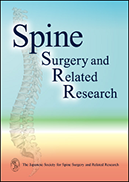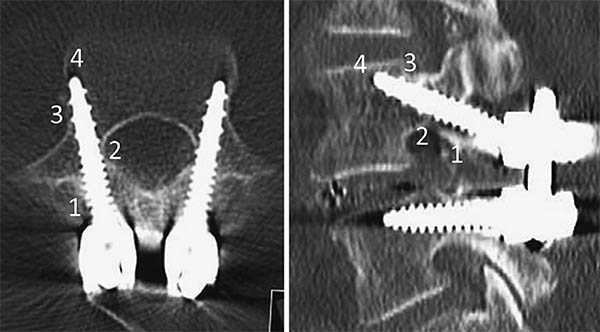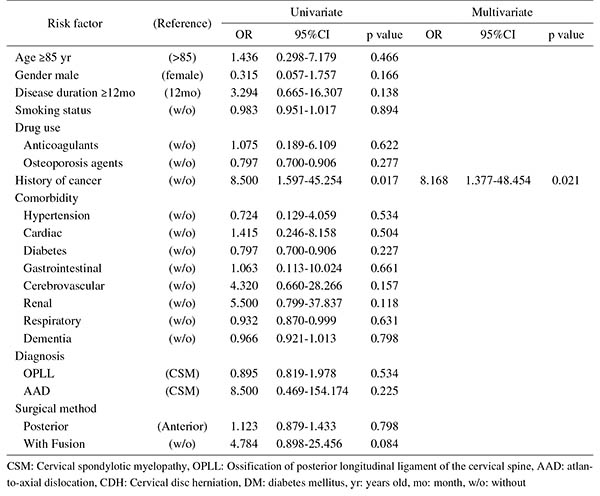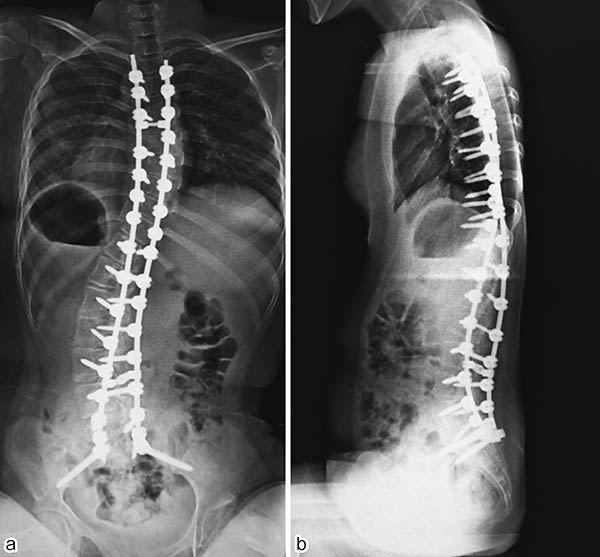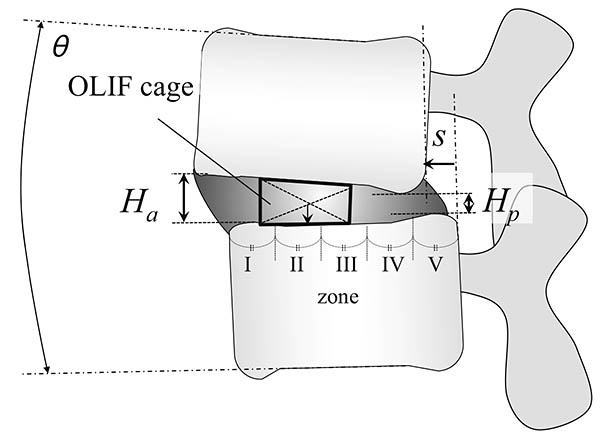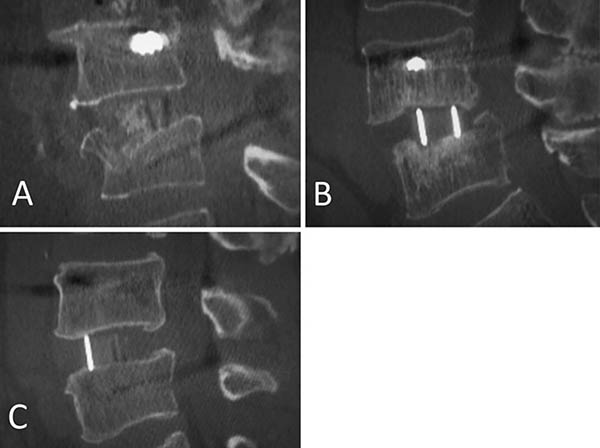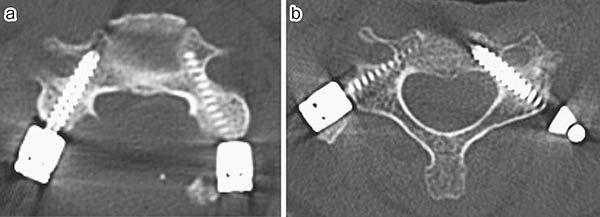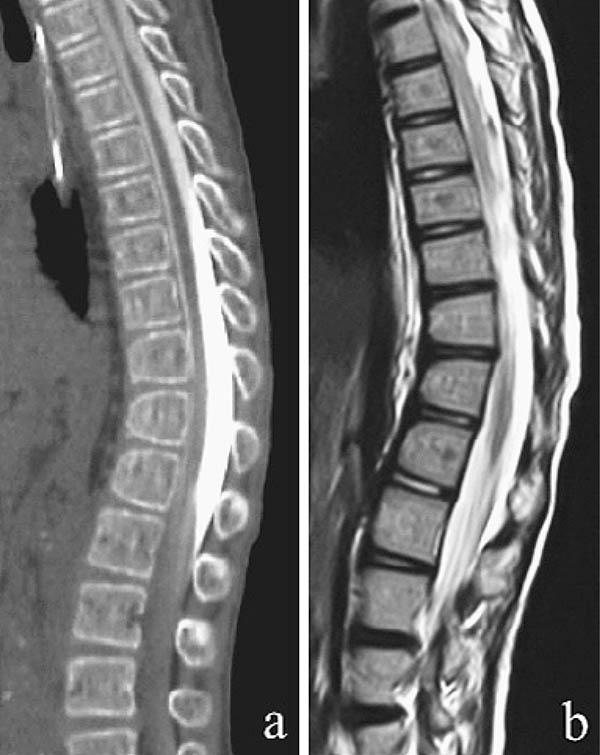Volume 1, Issue 4
Displaying 1-11 of 11 articles from this issue
- |<
- <
- 1
- >
- >|
REVIEW ARTICLE
-
2017Volume 1Issue 4 Pages 158-163
Published: October 20, 2017
Released on J-STAGE: November 27, 2017
Download PDF (73K) -
2017Volume 1Issue 4 Pages 164-173
Published: October 20, 2017
Released on J-STAGE: November 27, 2017
Download PDF (1680K)
ORIGINAL ARTICLE
-
2017Volume 1Issue 4 Pages 174-178
Published: October 20, 2017
Released on J-STAGE: November 27, 2017
Download PDF (268K) -
2017Volume 1Issue 4 Pages 179-184
Published: October 20, 2017
Released on J-STAGE: November 27, 2017
Download PDF (111K) -
2017Volume 1Issue 4 Pages 185-190
Published: October 20, 2017
Released on J-STAGE: November 27, 2017
Download PDF (268K) -
2017Volume 1Issue 4 Pages 191-196
Published: October 20, 2017
Released on J-STAGE: November 27, 2017
Download PDF (204K) -
2017Volume 1Issue 4 Pages 197-202
Published: October 20, 2017
Released on J-STAGE: November 27, 2017
Download PDF (232K) -
2017Volume 1Issue 4 Pages 203-210
Published: October 20, 2017
Released on J-STAGE: November 27, 2017
Download PDF (155K) -
2017Volume 1Issue 4 Pages 211-217
Published: October 20, 2017
Released on J-STAGE: November 27, 2017
Download PDF (334K)
TECHNICAL NOTE
-
2017Volume 1Issue 4 Pages 218-221
Published: October 20, 2017
Released on J-STAGE: November 27, 2017
Download PDF (181K)
CASE REPORT
-
2017Volume 1Issue 4 Pages 222-224
Published: October 20, 2017
Released on J-STAGE: November 27, 2017
Download PDF (292K)
- |<
- <
- 1
- >
- >|
